Explorer 1: America's First Satellite in Pictures
Explorer 1 Is Front-Page News
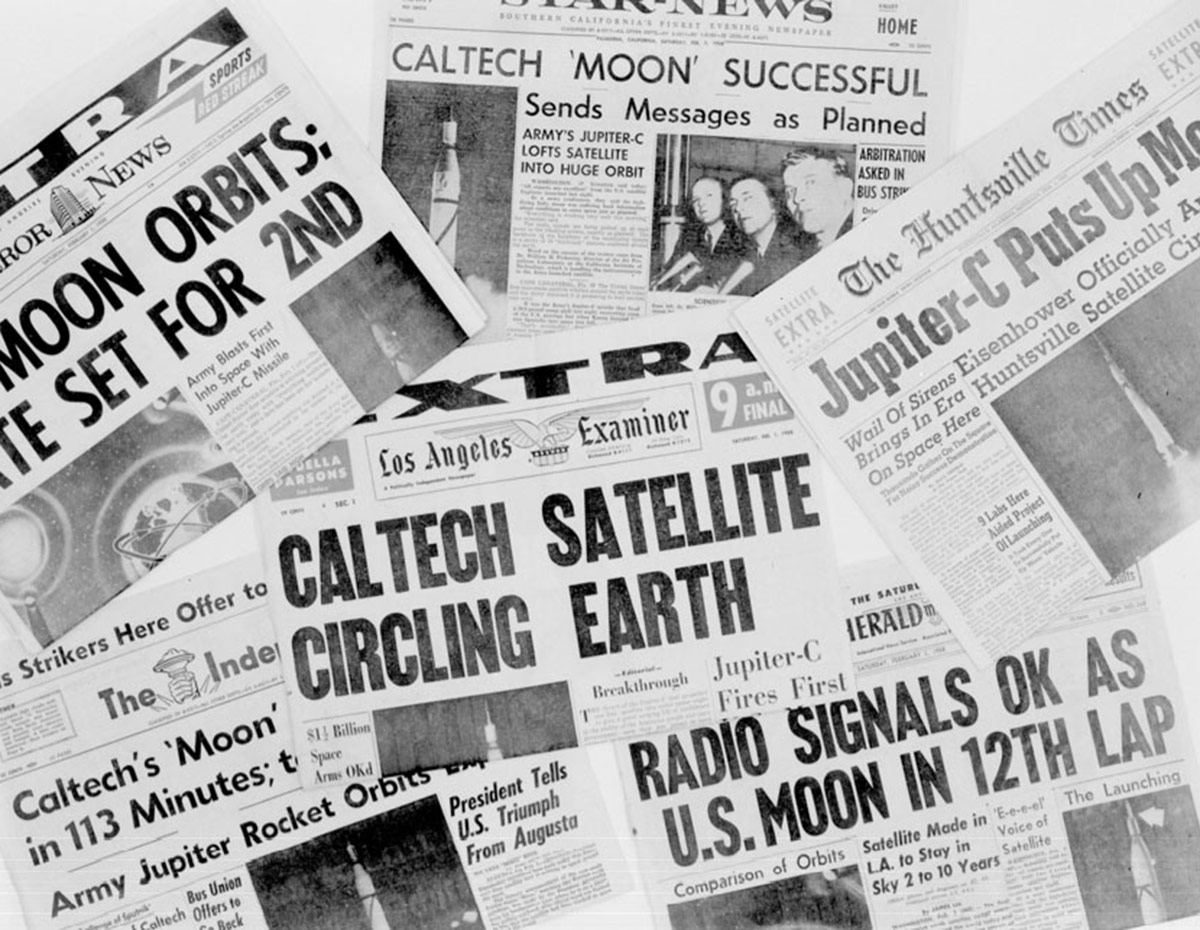
Explorer 1 was front-page news across the U.S. The first successful U.S. satellite was often called a "moon" or a "man-made moon" then.
Walter Cronkite
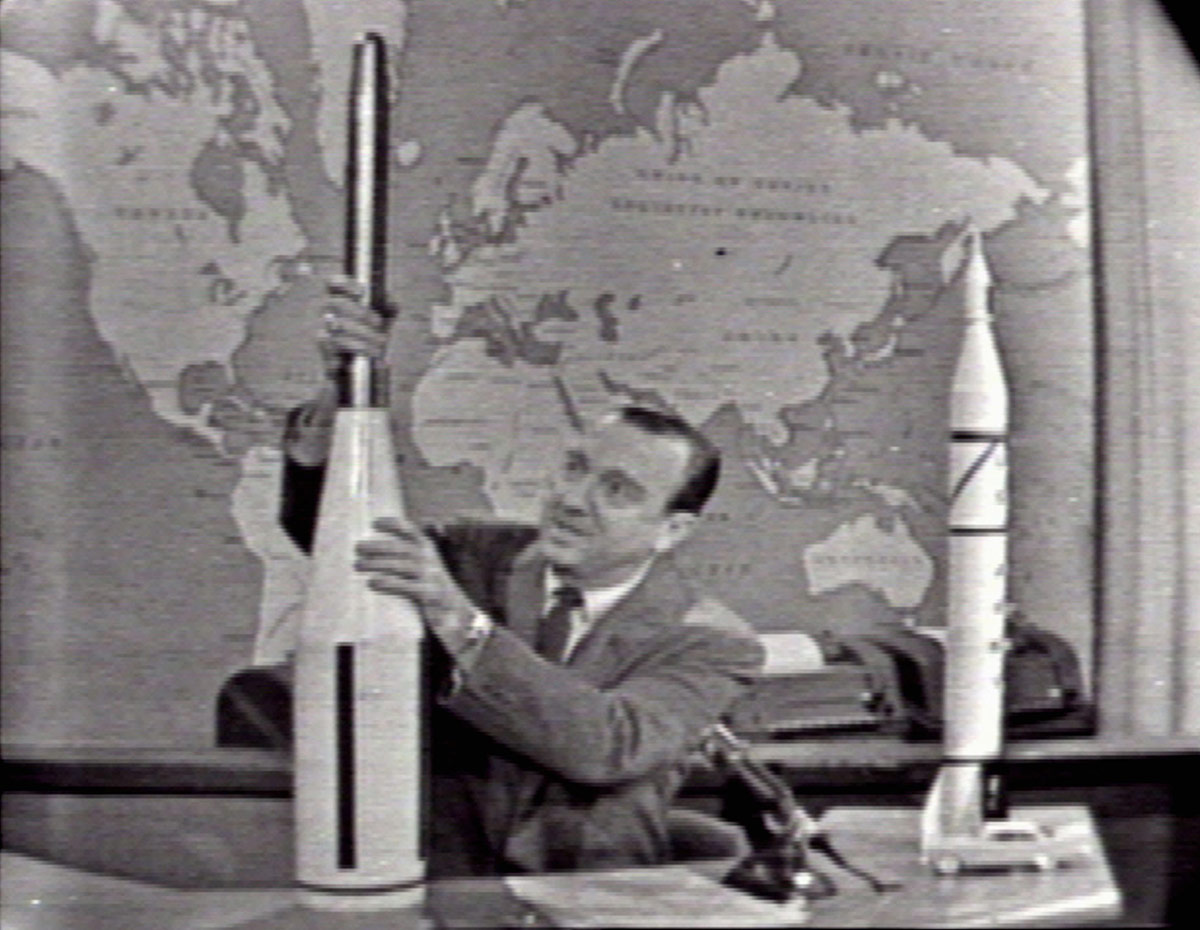
American journalist and anchorman Walter Cronkite uses models to explain America's Explorer 1 mission to viewers on the CBS television network in 1958. Explorer 1 discovered the Van Allen radiation belts and eventually plummeted to Earth on March 31, 1970. The launch pre-dated the establishment of NASA by six months.
'Project Deal' Playing Cards

Deedee Rechtin, widow of JPL systems engineer Eberhardt Rechtin, donated this deck of playing cards to the JPL Archives. "Deal" was the pet name for the satellite project that later became known as Explorer 1. According to University of Iowa graduate student George Ludwig, who worked with physicist James Van Allen on the satellite science, there were two possible origins for the nickname. One is based on the fact that JPL scientists tended to play gin rummy whenever they had down time. "One account," Ludwig wrote, "says that immediately after the first scheduled firing of the RTV [Re-entry Test Vehicle]-Jupiter-C in 1956, they were ready with their cards, and one of them called out, ‘Deal!’" The other, Ludwig said, came from project director Jack Froehlich — "a formidable poker player, he is claimed to have bestowed the name after the first Sputnik launch with the remark, ‘When a big pot is won, the winner sits around and cracks bad jokes and the loser cries ‘Deal!’"
Inside Explorer 1
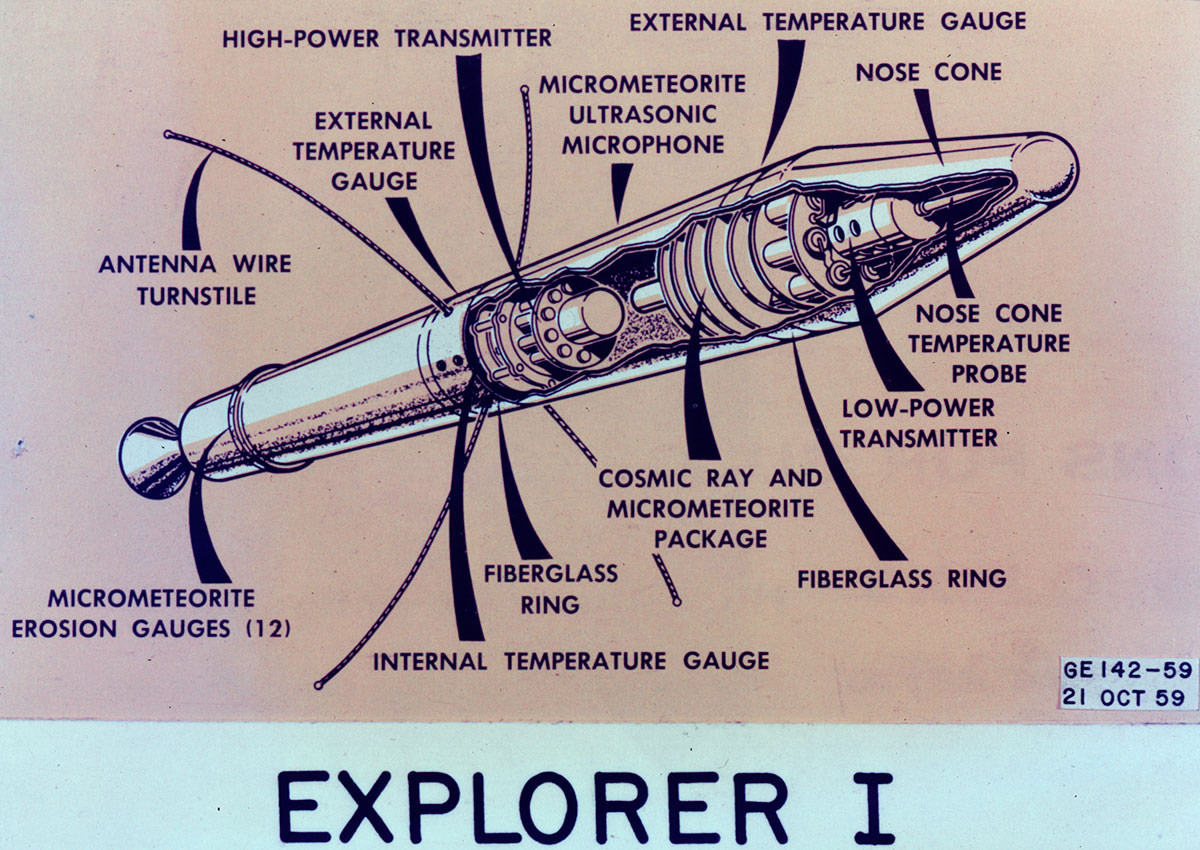
Explorer 1, the first U.S. satellite, was a joint project of the Army Ballistic Missile Agency (ABMA) in Huntsville, Alabama, which built the Jupiter-C rocket; the Jet Propulsion Laboratory (JPL) in Pasadena, California, which built the satellite; and the University of Iowa, where the science instruments were designed. The images below are drawn from the collections of NASA centers and the papers of Explorer 1 principal investigator James Van Allen, used here with permission of the University of Iowa Libraries.
Explorer 1 Model with Cutaway Showing Science Components
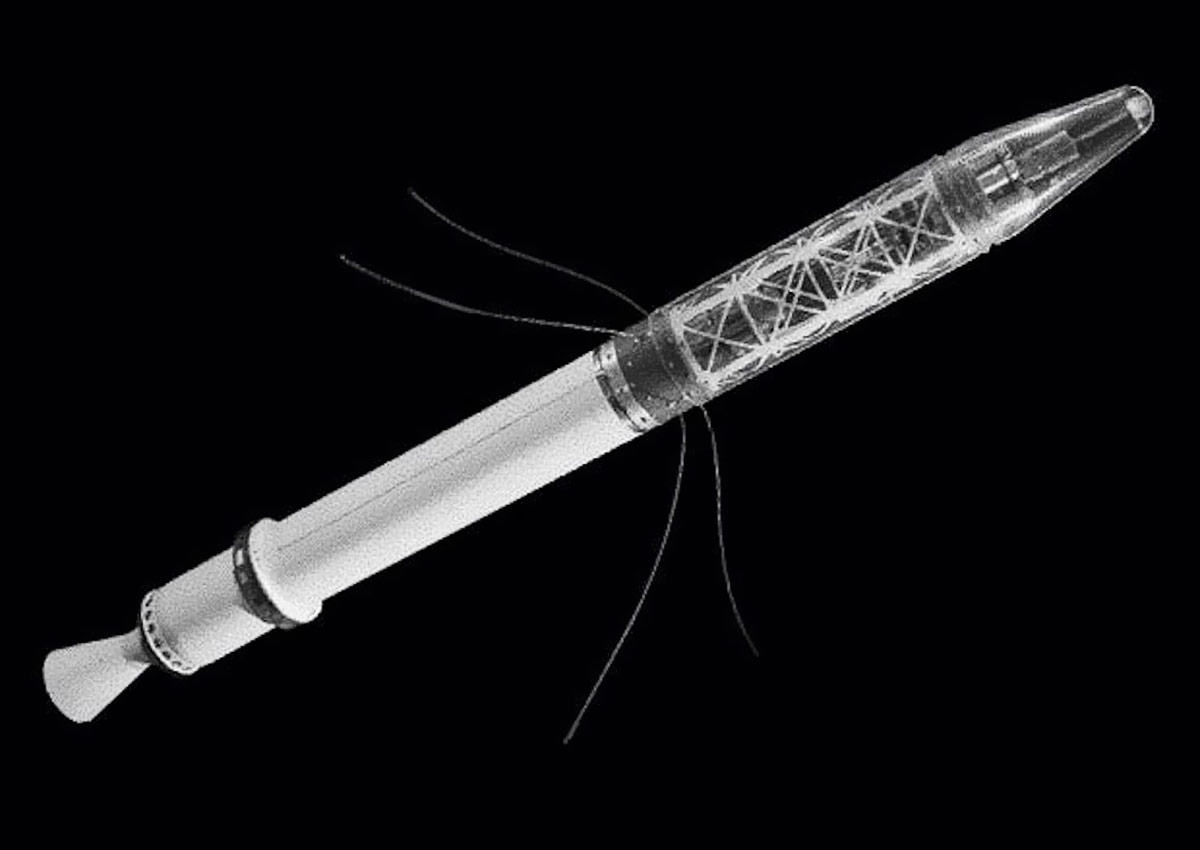
The International Geophysical Year ― which ran from July 1, 1957 to Dec. 31, 1958 ― marked the beginning of the "Space Race." In 1957, the Soviet Union became the first nation to successfully put satellites in orbit ― Sputnik 1 in October and Sputnik 2 in November. On Jan. 31, 1958, the United States joined the space age with the successful launch of Satellite 1958 Alpha, better known as Explorer 1, from Cape Canaveral, Florida. Explorer 1 was the first satellite to carry out a successful science mission. Explorer 1’s modified Geiger counter, designed by University of Iowa physicist James Van Allen, detected the radiation bands around Earth that were later renamed the Van Allen Belts. Wernher von Braun of the ABMA directed development of the Jupiter-C rocket that carried Explorer 1 into space. Explorer 1 was designed and built at JPL, under the direction of William Pickering.
Explorer1 Mated to Jupiter-C
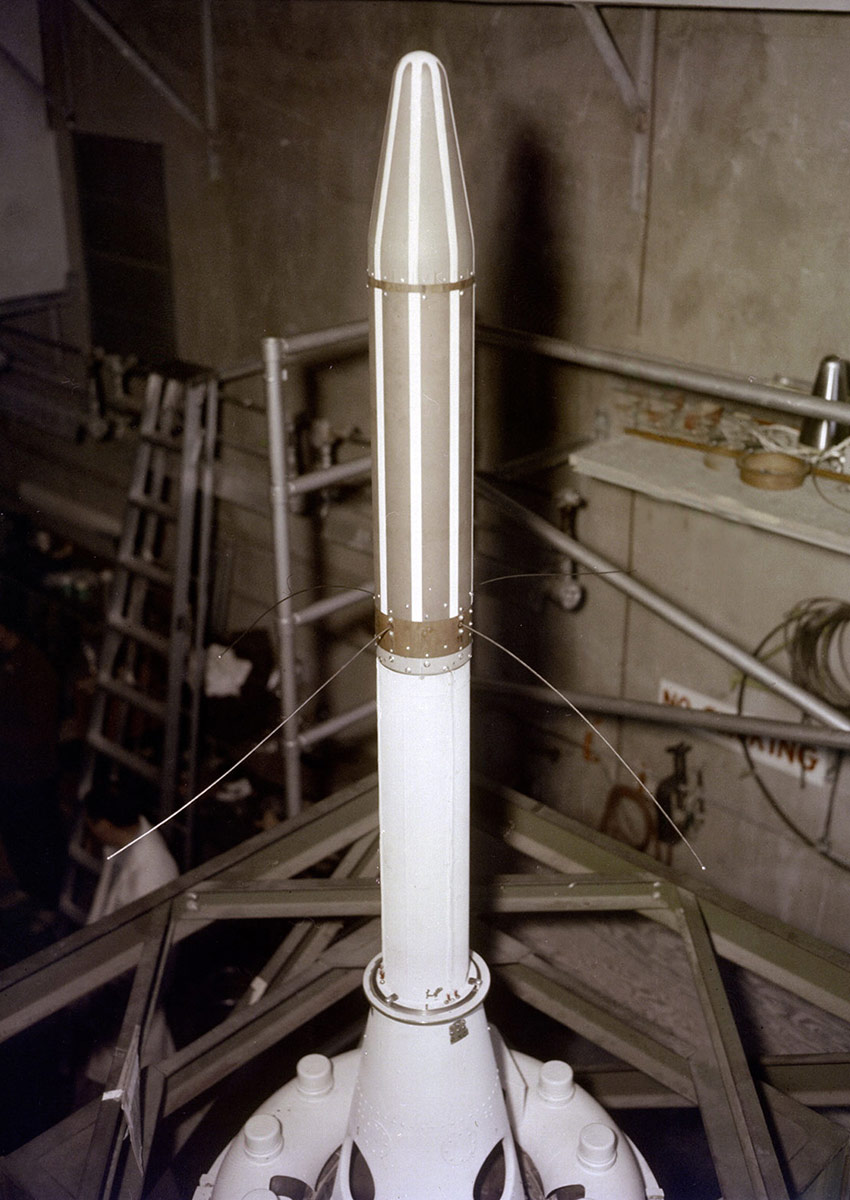
Close-up view of Explorer 1 mated to its Jupiter-C rocket.
Jupiter-C and Explorer 1 Overview
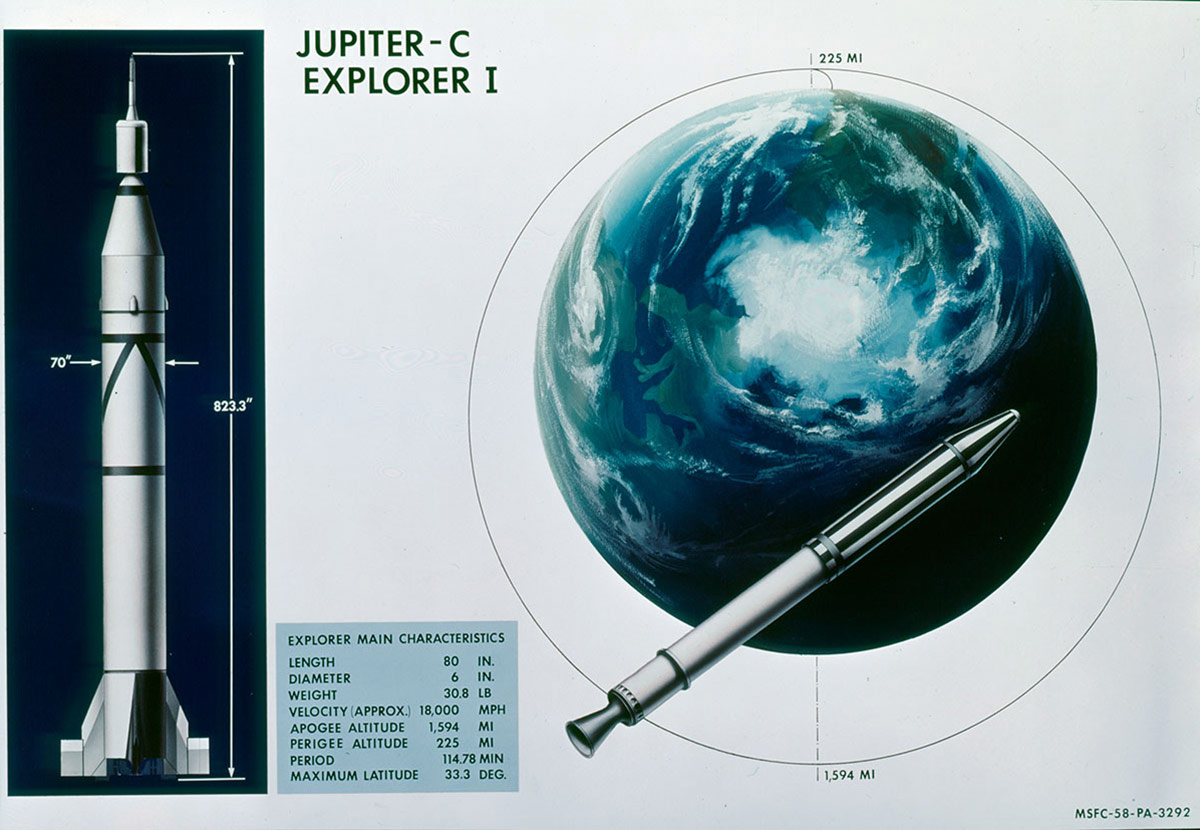
This illustration shows the main characteristics of the Jupiter-C launch vehicle and its payload, the Explorer 1 satellite.
Get the Space.com Newsletter
Breaking space news, the latest updates on rocket launches, skywatching events and more!
Explorer 1 Installation
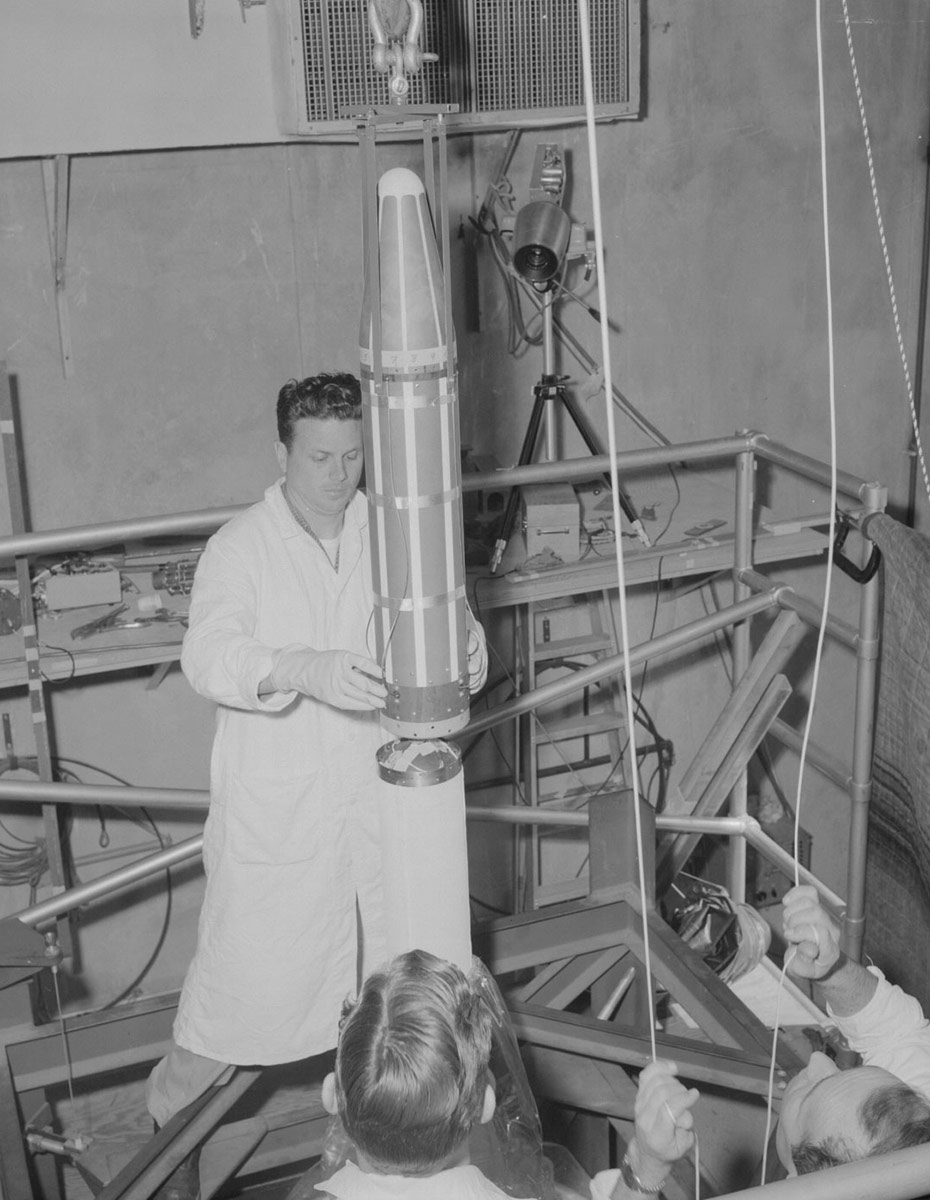
Technicians lower the Explorer 1 satellite payload onto the launch vehicle's fourth-stage motor. This photo was taken in the gantry at Launch Complex 26, Patrick Air Force Base, Florida, on Jan. 20, 1958. Explorer 1 was originally set to launch on Jan. 29, but was delayed two days due to high winds.
JPL Ground Antenna
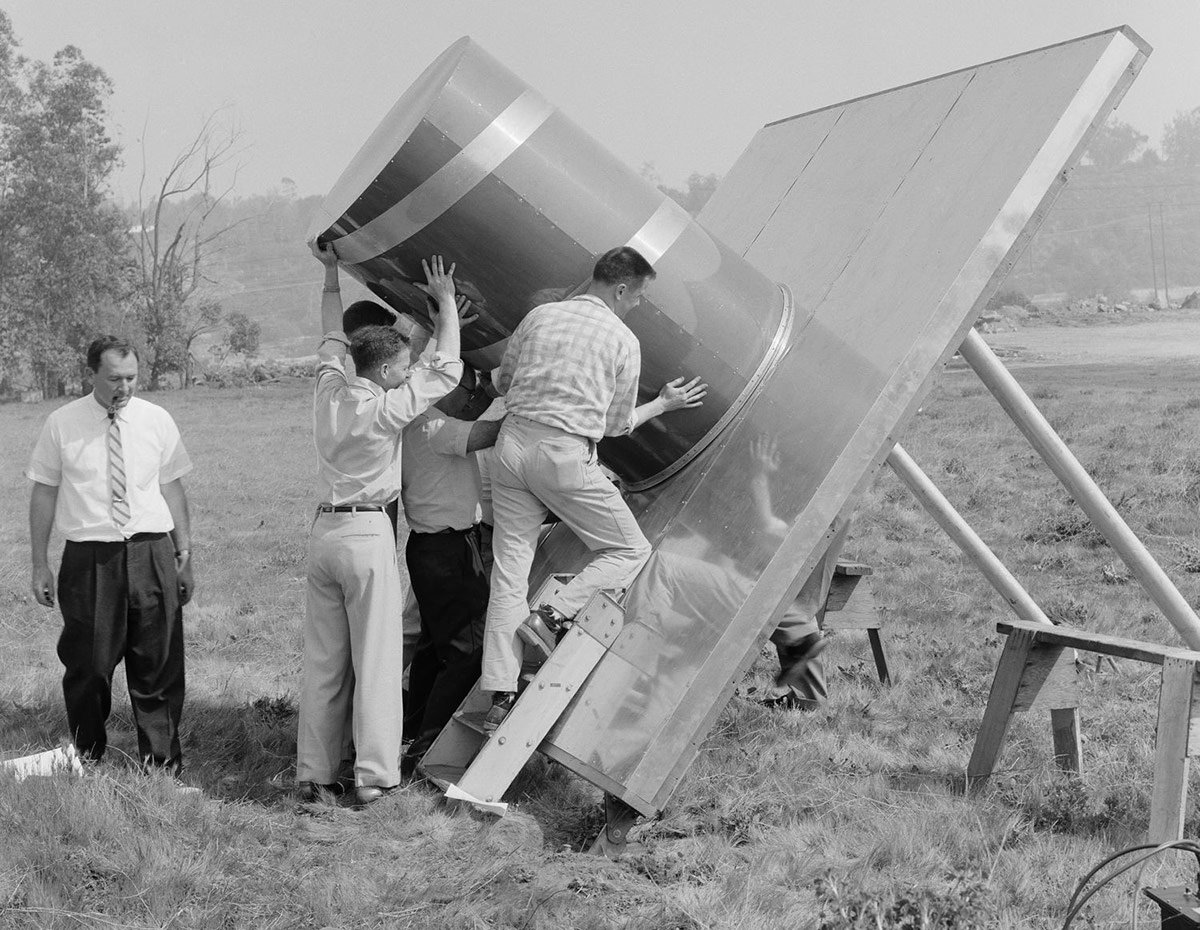
On March 22, 1956, preliminary satellite-tracking tests began in a field near JPL. This photo shows the antenna being assembled. The prototype Microlock ground receiving station included the antenna, instrumentation built into a 25-foot van, generators and other equipment. Less than two years later, the Microlock station helped tracked the successful orbit of Explorer 1.
In the Computer Room
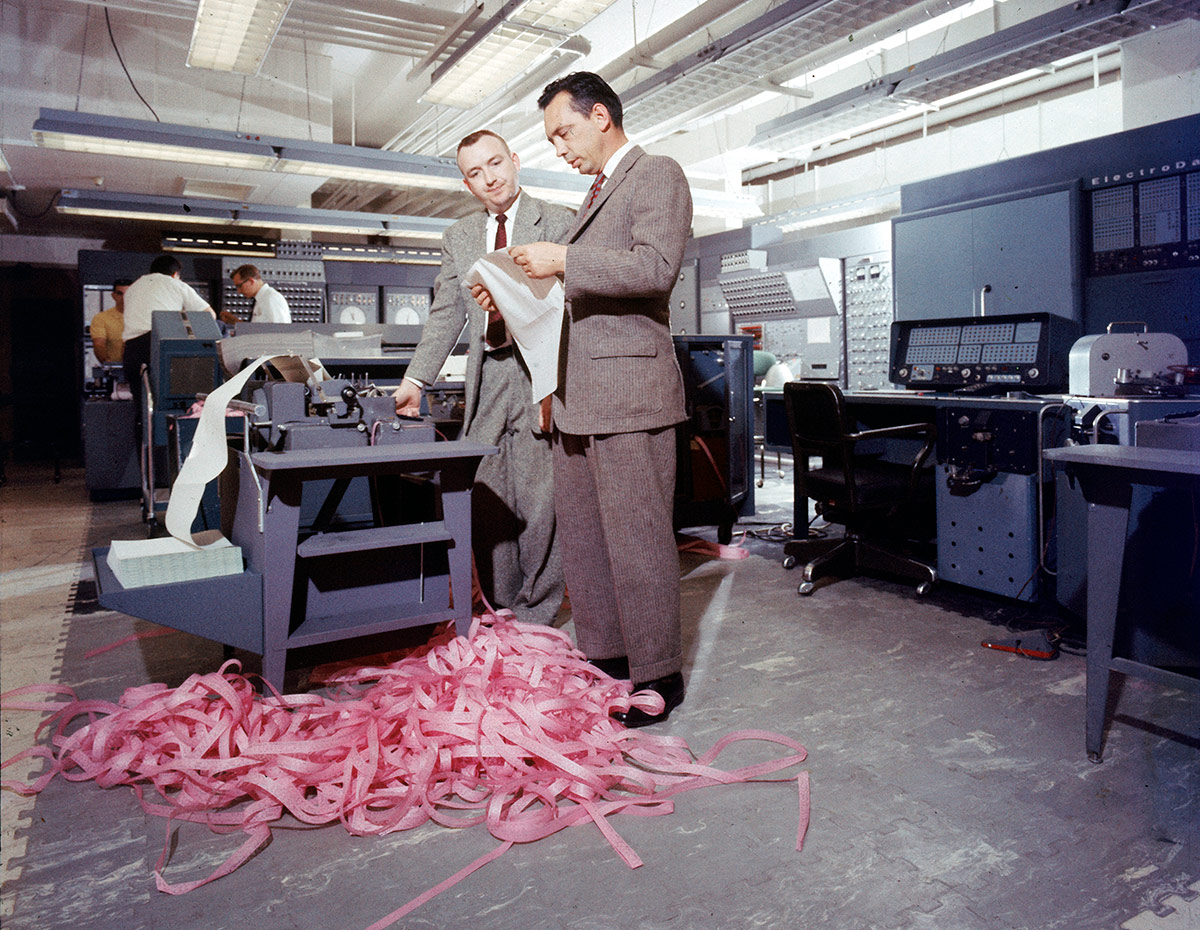
1958: William Hoover and J.E. Froelich in the JPL computer room during the flight of Explorer 1.
Examining a Model
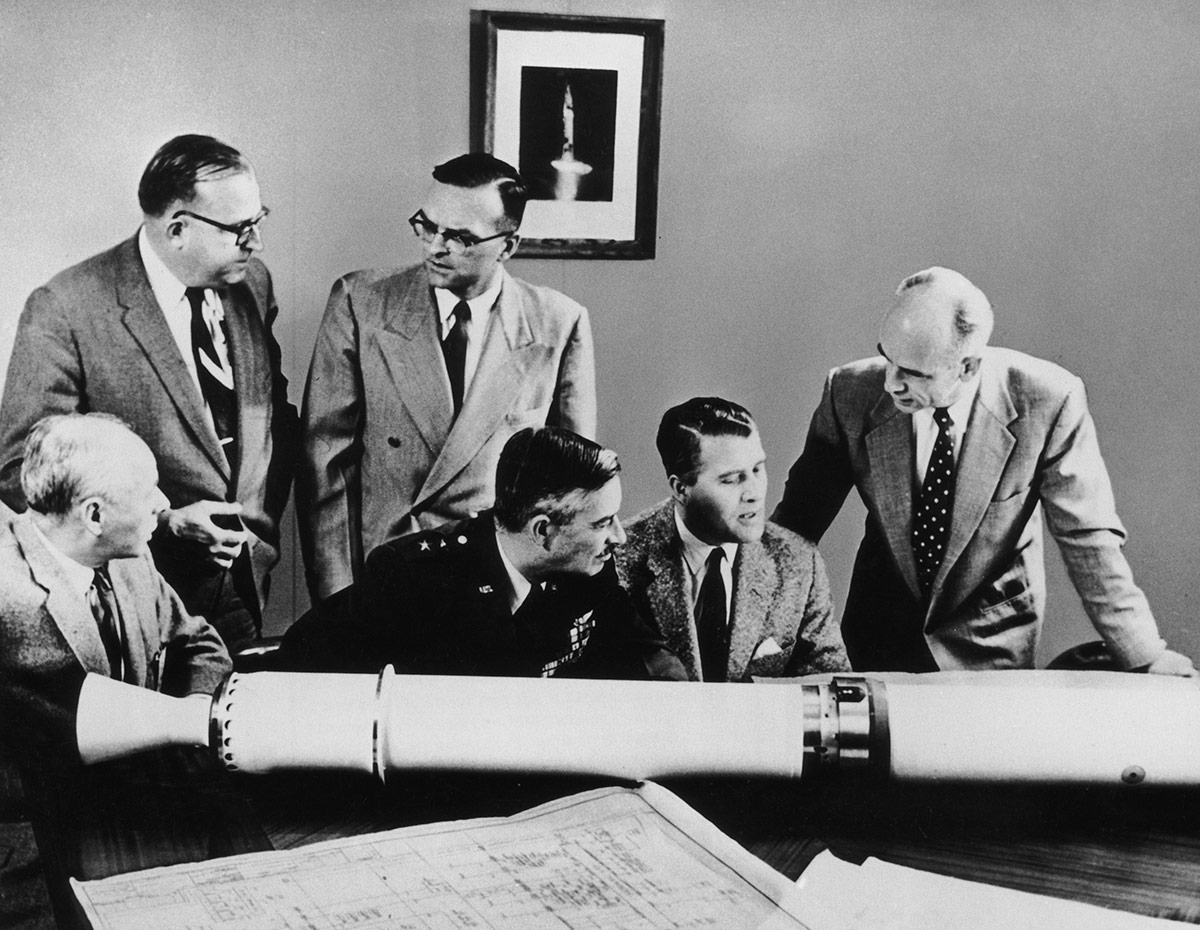
Key project officers at the ABMA in Redstone Arsenal, Alabama, examine a prototype of the Explorer I satellite in 1958. From left to right, front: Eberhard Rees (1908-1998), Maj. Gen. John Medaris, German-born rocket scientist Wernher von Braun (1912-1977) and Ernst Stuhlinger. Back: Willi Mrazek (1911-1992) and Walter Haeussermann. The model is actual size.
Join our Space Forums to keep talking space on the latest missions, night sky and more! And if you have a news tip, correction or comment, let us know at: community@space.com.

Space.com is the premier source of space exploration, innovation and astronomy news, chronicling (and celebrating) humanity's ongoing expansion across the final frontier. Originally founded in 1999, Space.com is, and always has been, the passion of writers and editors who are space fans and also trained journalists. Our current news team consists of Editor-in-Chief Tariq Malik; Editor Hanneke Weitering, Senior Space Writer Mike Wall; Senior Writer Meghan Bartels; Senior Writer Chelsea Gohd, Senior Writer Tereza Pultarova and Staff Writer Alexander Cox, focusing on e-commerce. Senior Producer Steve Spaleta oversees our space videos, with Diana Whitcroft as our Social Media Editor.









